by Kelli Skinner Eyerly
Tyndale at Hertford
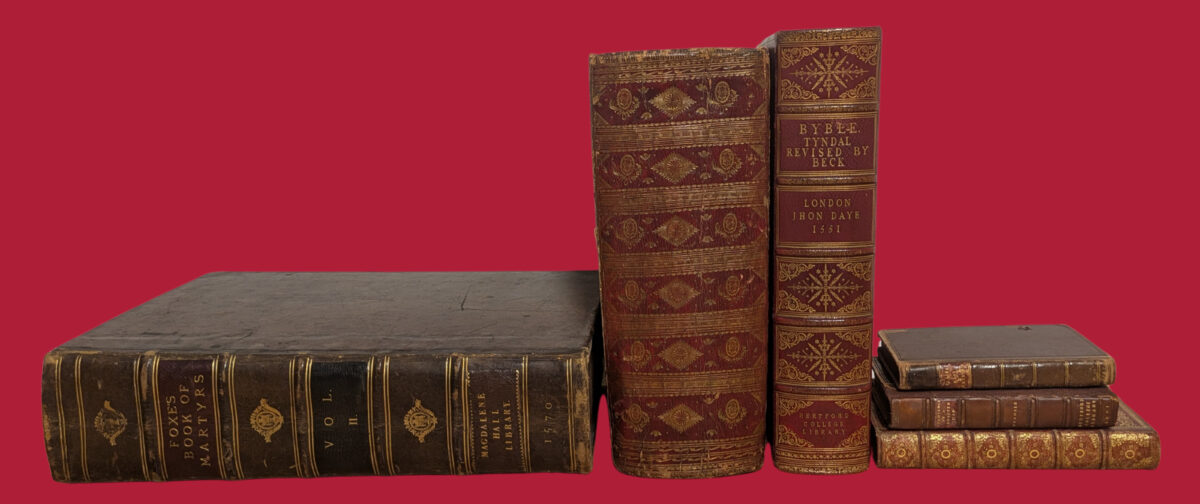

by Kelli Skinner Eyerly
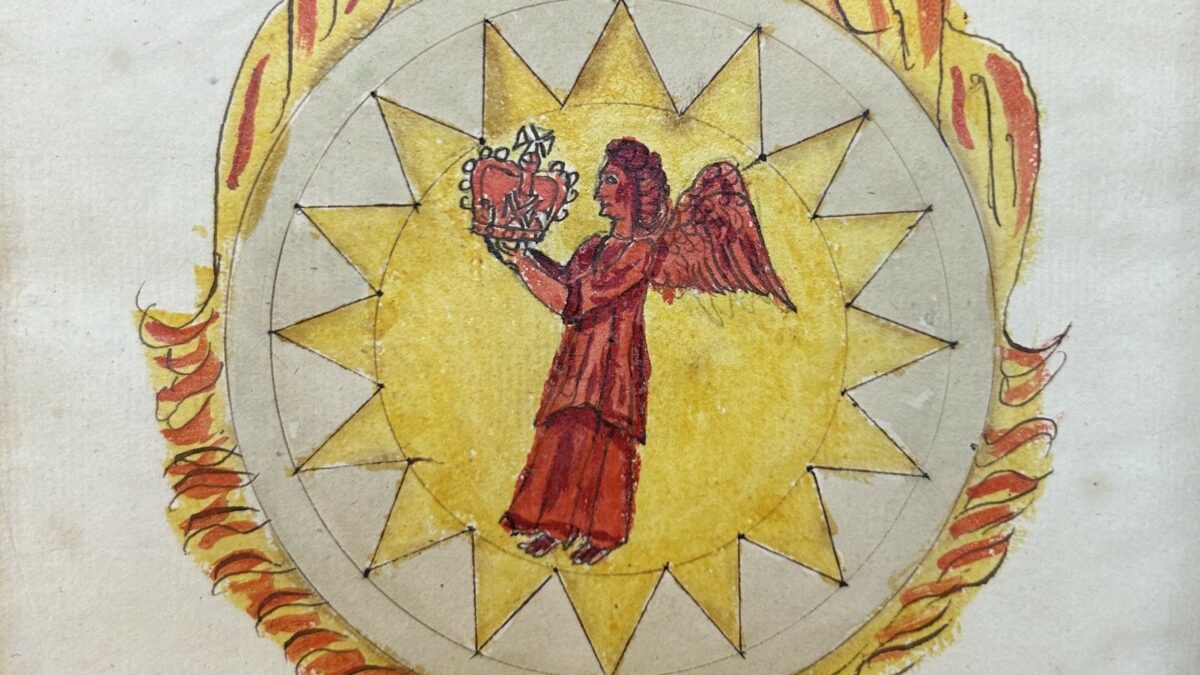
While the rare books are stored off site during Hertford’s major library re-development, rare books expert Sophie Floate takes a further look into our manuscript collection, most of which are currently housed at the Bodleian Library. Several of the items there are on broadly astrological or alchemical themes, some of which are quite strange. Ranging […]
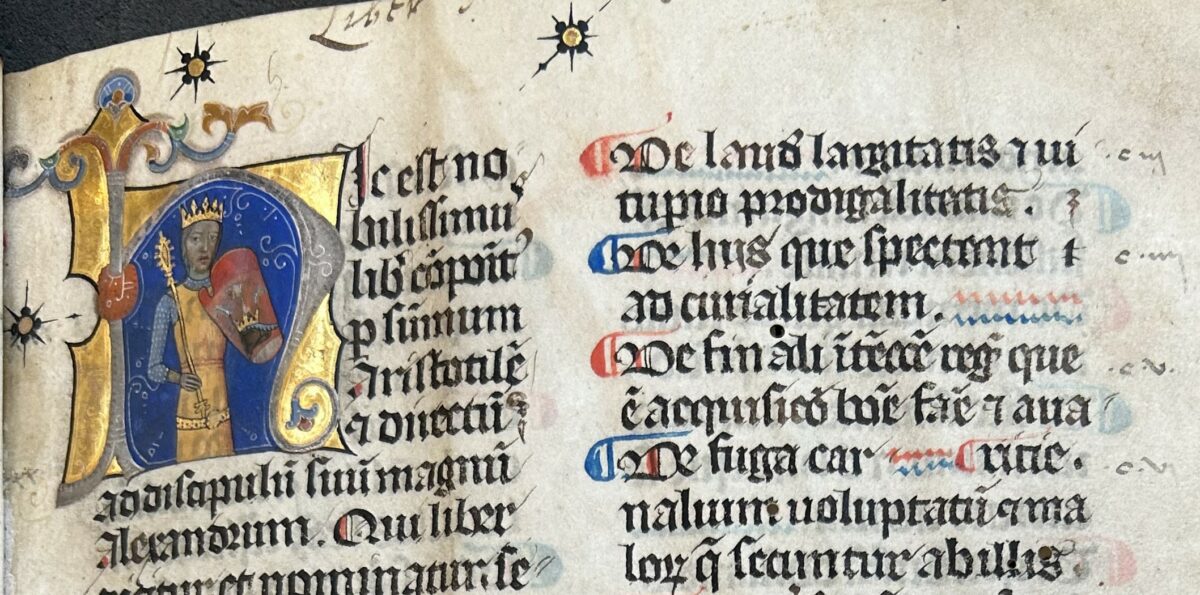
Hertford’s rare books cataloguer, Sophie Floate, writes about one of the library’s oldest items: Hertford MS 2. This beautifully illuminated 14th century manuscript was commissioned by King Louis the Great of Hungary. Hertford College Library has a small number of medieval manuscripts, currently housed at the Bodleian. Hertford College MS 2 is a copy of […]

Hertford Library’s special collections house books gifted in previous centuries to the college’s predecessors Hart Hall and Magdalen Hall.
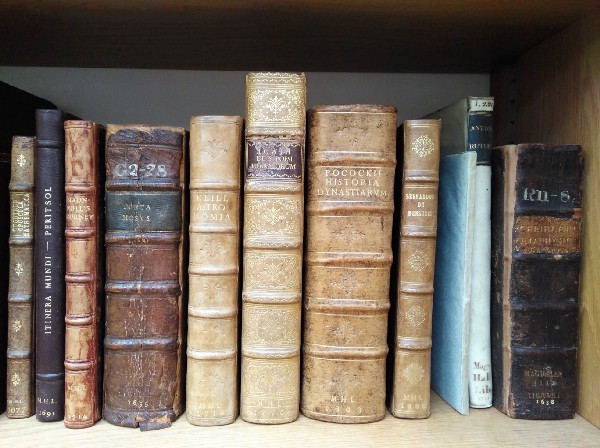
By Sophie Floate, Rare Books Cataloguer
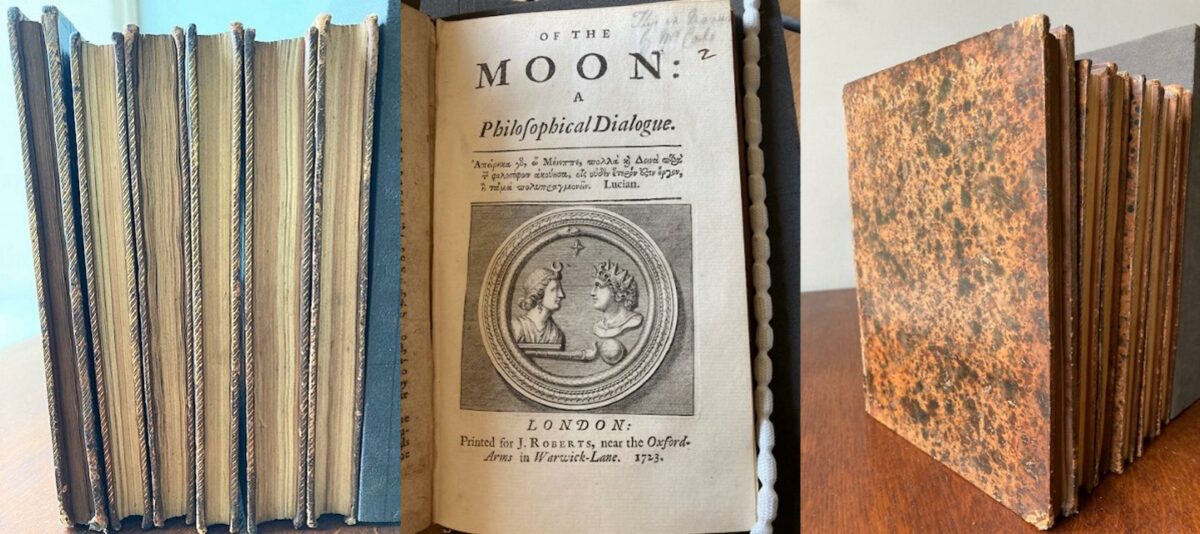
By Sophie Floate, Rare Books Cataloguer